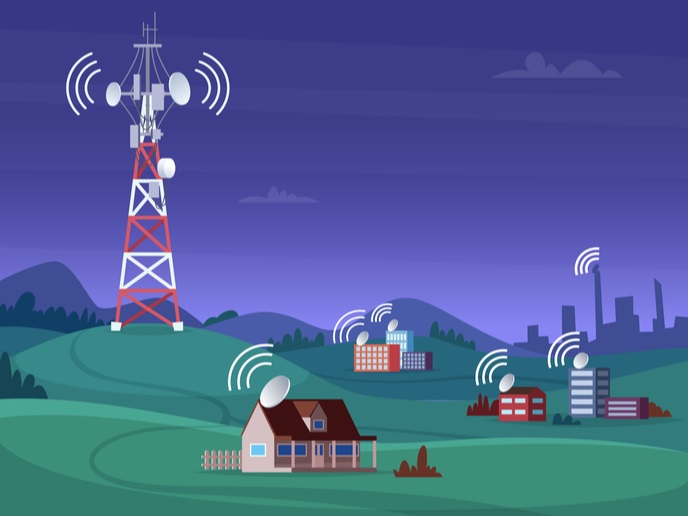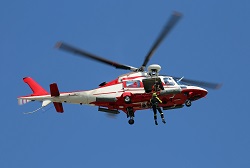Monitoring algal blooms from space
Pollution of the marine environment from high levels of nutrients can result in algal blooms. The EU-funded 'Coastal biomass observatory services' (COBIOS)(opens in new window) project was established to predict such events and track their progress. Algal blooms occur each year around Europe's coasts, resulting in foul smelling foam on beaches and the risk of potentially dangerous toxins. Furthermore, rapidly decaying blooms can sink to the seabed to form pools of hypoxic matter that reduce oxygen levels in the surrounding water. These pools can resurface to form 'dead zones', resulting in major loss of marine life and damage to fisheries and aquaculture. This also translates to significant economic losses. The aim of the COBIOS initiative was to integrate satellite data and ecological models into an effective information service for high-biomass blooms in European waters. Earth observation supplied information on the state of the blooms, while COBIOS ecological models provided predictions regarding their fate. This allowed scientists to determine the risk of hypoxia events and the possibility of dead zones developing, where aquatic life cannot be supported. Although remote sensing can be used for the monitoring of bloom events, satellite observations lack complete coverage due to cloud interference as well as predictive value. However, during high-biomass bloom events in coastal waters, the shape and location of blooms change radically over a period of two to three weeks. Since blooms are initiated by periods of sunshine, there is usually (but not always) good satellite coverage. Therefore, it is necessary to combine remote sensing with hydro-ecological models. Such an integration of information can provide detailed data for different types of analyses and potential commercial spin-offs. Data from the project will be used in the framework of EU directives, which include the European Marine Strategy Framework Directive (MSFD). The MSFD aims to achieve good environmental status for Europe's seas by 2021 and to protect marine resources for the economies and communities dependent upon them. Therefore, it will contribute significantly to future maritime policy. Furthermore, COBIOS results will help to reduce economic losses resulting from high-biomass algal blooms by giving advance notice of their occurrence. It has also provided strategic information for use in algal biomass harvesting initiatives.







